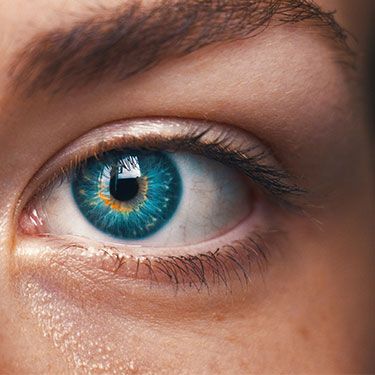

Understanding the Tear Film
The tear film is made up of three different layers, an inner mucous layer, the bulky middle watery / aqueous layer and the outer oily layer.
When you blink, a film of tears spreads over the eye, making the surface of the eye smooth and clear. Without this tear film, good vision would not be possible.
The oily layer, produced by the meibomian glands, forms the outermost surface of the tear film. Its main purpose is to smooth the tear surface and reduce the evaporation of tears.
The middle watery layer makes up most of what we ordinarily think of as tears. This layer, produced by the lacrimal glands in the eyelids, cleanses the eye and washes away foreign particles or irritants.
The inner layer consists of mucus produced by the conjunctiva. Mucus allows the watery layer to spread evenly over the surface of the eye and helps the eye remain moist. Without mucus, tears would not stick to the eye.
Tear quantity is determined by the aqueous layer whereas tear quality is generally dependent on the oily and mucous layers.
As we have discovered there are many different causes and contributing factors to dry eye. Dry eye can be classified into 2 main types however these may exist separately or together.
1. Aqueous deficient dry eye – this is related to decreased production of the watery or aqueous component of the tears by the lacrimal gland and is often related to autoimmune conditions. When there is reduced water in the tears, the tears become very salty and these high concentrations of salt on the front surface of the eye cause irritation and inflammation. We have learned that true reduced tear production is reasonably uncommon.
2. Evaporative dry eye – this is a much more common cause of dry eye and is due an abnormal tear lipid layer caused by Meibomian gland dysfunction. The Meibomian glands are small oil glands that are found along the upper and lower eyes lids and are responsible for producing meibum – the oily part of the tears that slow evaporation and keep the tears stable. Meibomian gland dysfunction can occur if the glands become blocked, if the oil becomes thickened or if there is low production of oils by the glands. It is important to realise that if blocked Meibomian glands are left without treatment they will stop functioning and ‘drop out’ so that they are no longer able to produce oil again.
 07 4635 8844
07 4635 8844